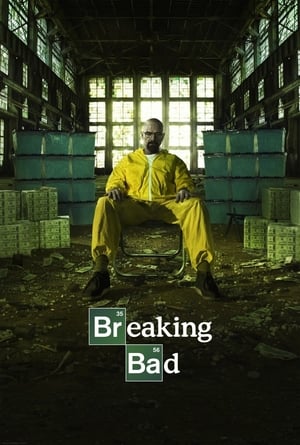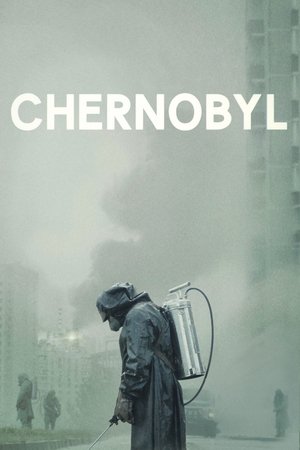2014-09-16
Since the 1860s, Bolivia has gradually lost land to its neighbors, becoming landlocked without access to coastal ports. In response, Chile and Brazil built railways connecting Bolivia to their coasts, but these routes have suffered from poor maintenance and underinvestment. The journey begins in Corumbá, Brazil, and follows the historic railway from Brazil to the Chilean coast. Along the way, Bolivia’s disconnected and underused rail networks are evident, isolating many communities. In Potosí, the railway remains vital for transporting minerals, and the route continues through the Uyuni Salt Flats to La Paz, where once-busy rail lines have been replaced by a cable car system. The journey ends at the Chilean coast, illustrating Bolivia’s ongoing struggle to maintain its essential rail connections.
2014-10-07
India’s vast railway network, built by the British in the 19th century, played a critical role in both colonial trade and the country’s fight for independence. Spanning 71,000 miles of track and connecting over 7,500 stations, the railways remain essential to India’s economy and everyday life. From overcrowded trains in the unbelievable heat to historic stations like Muzaffarpur and Lucknow, this journey reveals the challenges of train travel in India. Along the way, we uncover stories of resilience—from the Sepoy Rebellion and Gandhi’s anti-colonial campaign to the horrors of Partition and the increasing demand for women-only carriages. The adventure concludes with a ride on the Kangra Valley Railway, to the Himalayas.
2014-10-14
Cuba’s railway network, though dilapidated and unreliable, offers a fascinating journey through history. The country was one of the first to build a railway in 1837, primarily to transport sugarcane during its peak as the world’s largest sugar producer. The journey starts on the Hershey line, Cuba’s only electrified railway, built in the 1920s by an American chocolate company. Traveling from Havana to Santa Clara highlights the struggles of aging infrastructure and the impact of the U.S. embargo. In Santa Clara, visitors learn about the historical importance of the railways, especially during Che Guevara’s 1958 victory. A stop in Trinidad offers a ride on a sugar transport train, paired with rum cocktails. In Moron, mechanics maintain pre-Revolution locomotives despite limited parts. The adventure ends with a ride on a 1920s steam locomotive through sugarcane fields, showcasing Cuba’s railway legacy despite its challenges.
2014-10-21
We explore the rich history of railroads in the USA with a 3,000-mile journey from the Atlantic to the Pacific, passing through four time zones and twelve states. Starting at the Baltimore and Ohio Railroad Museum, the journey delves into the Transcontinental Railroad, a key engineering feat that united America. The adventure continues through New York’s Grand Central, Chicago, and Omaha, where the Union Pacific began, and highlights railroads’ role in the Civil War. In Denver, we learn about the impact of mining railroads on Native American communities. The route moves through the Rockies to Utah, where we visit the completion site of the Transcontinental Railroad in 1869. In Truckee, we reflect on the challenges faced by Chinese laborers, ending in Sacramento and taking a boat to San Francisco. This journey underscores the Transcontinental Railroad’s significance in shaping America.
2014-09-23
In the heart of Siberia, deep within the Arctic Circle, Siberia’s Ice Trains operate under extreme conditions, with temperatures plunging to minus 20 degrees Celsius and frequent snowstorms. Starting in Tobolsk, the journey heads 1,000 miles north to Novy Urengoy, Russia’s largest gas field. The railway is crucial for exporting condensed gas, and snowplough trains work tirelessly to keep lines open. From Novy Urengoy, the journey continues across the gas fields to Nadym, where a new railway is being built over Stalin’s infamous "Railway of Death." This harsh Arctic wilderness is also home to the nomadic Nenets people. The journey ends at Labytnangi, where a private train line runs to the Bovanenkovo gas field, the world’s northernmost railway.
2014-09-30
Vietnam’s railways, established under French colonial rule and completed in 1936, have faced a century of poor maintenance, conflict, and accidents. Accounting for 2% of the country’s annual deaths, railway safety remains a major concern. During the Vietnam War, the network became a vital supply route but also a prime target for US bombing, with engineers working tirelessly to keep it operational despite repeated destruction. Stretching from Hanoi to Ho Chi Minh City, the railway reflects the country’s turbulent history. It remains essential today, supporting industries, transporting market goods, and serving as a critical north-south connection, though still in need of upgrades. Amidst the challenges, these resilient trains continue to play a vital role in both Vietnam’s economy and daily life.



















